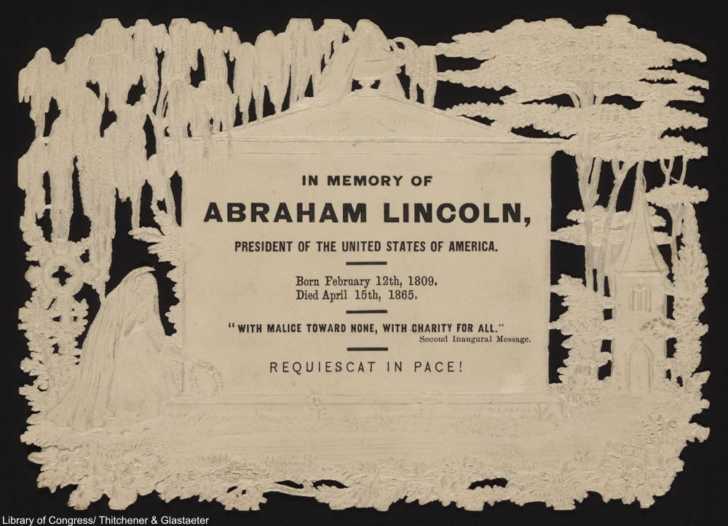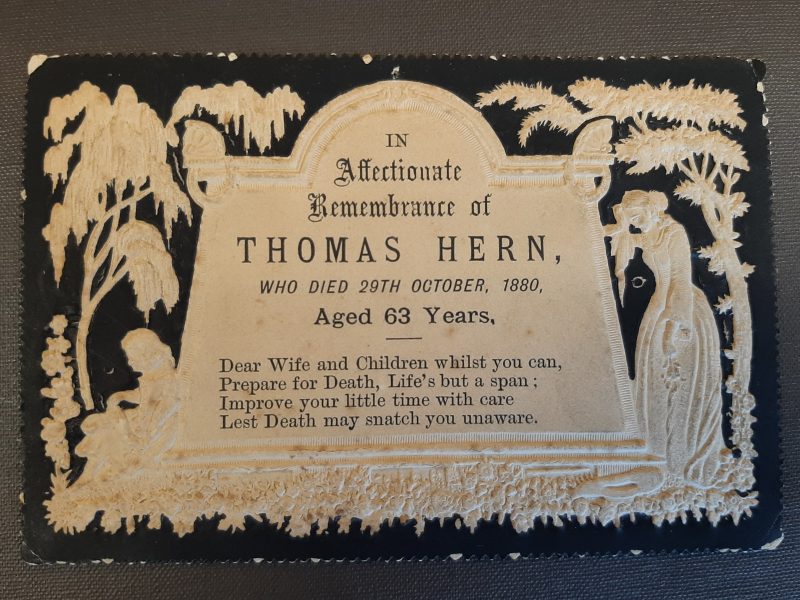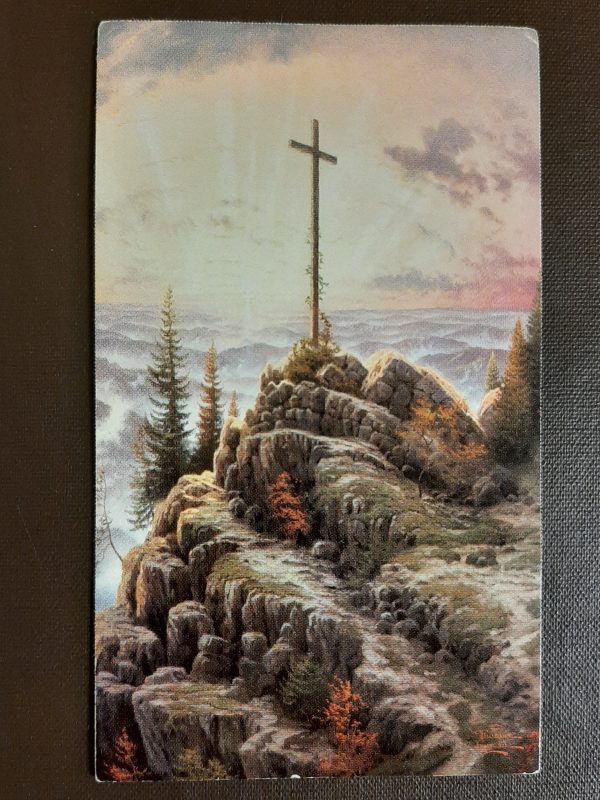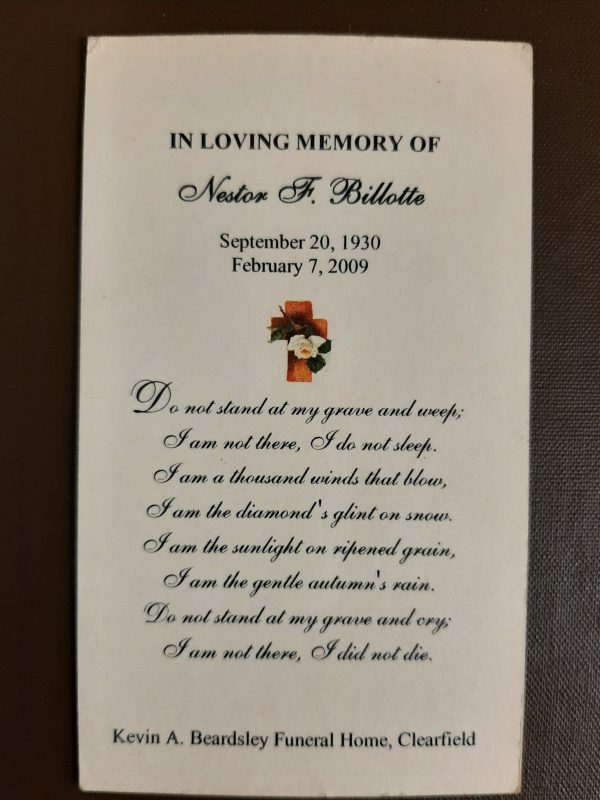Funeral cards have been around a long time; they first appeared in England in the 1840’s and the United States quickly adopted the practice.
They have changed in style and materials over the years but have a long history with social customs attached.
These cards were distributed to family members, friends and the surrounding community in a timely manner to alert invitees to the date and time of the funeral.
Recipients of a funeral card were expected to attend the funeral or risk offending family members.
Cards were made of paper and printed in classy designs, and later even had the departed’s photograph on the back.
They could be embossed in gold, or they could be elegantly cut out in shapes like a Valentine’s card. The variation on mourning cards was huge and all of them were quite beautiful.
A mourning card was a sort of ticket to a high-profile funeral. It was proof that you were invited and were close to the family of the recently dead.
For large funerals of high status, the general public would certainly not have been allowed to attend.
For highly-publicized and tragic deaths like that of President Abraham Lincoln, the mourning cards were made up long after the funeral train had ceased its tour, because the nation was still in such a great shock.
For those of much more average social stature, the cards were printed as part of the funeral arrangements.
After the funeral was over, the card served as a memento of the person and of the occasion, with the date and place recorded neatly in print.
How They Evolved
Today, funeral cards are still handed out, often as a sort of favor of the funeral instead of as a ticket. Funeral cards today are often much more personal than those in the 19th century were.
Sayings, prayers, poems, scripture verses or other anecdotes relevant to the life of the deceased can all be included. They are more of a token or a memento of the individual who has died.
If you have unwanted funeral cards that you don’t know what to do with, consider donating them to the Clearfield County Historical Society.
The William Alexander Research Center has a shelf dedicated to indexing Clearfield County related funeral/memorial cards.
These little slips of paper may someday hold the key to a genealogical brick wall for a family tree.







